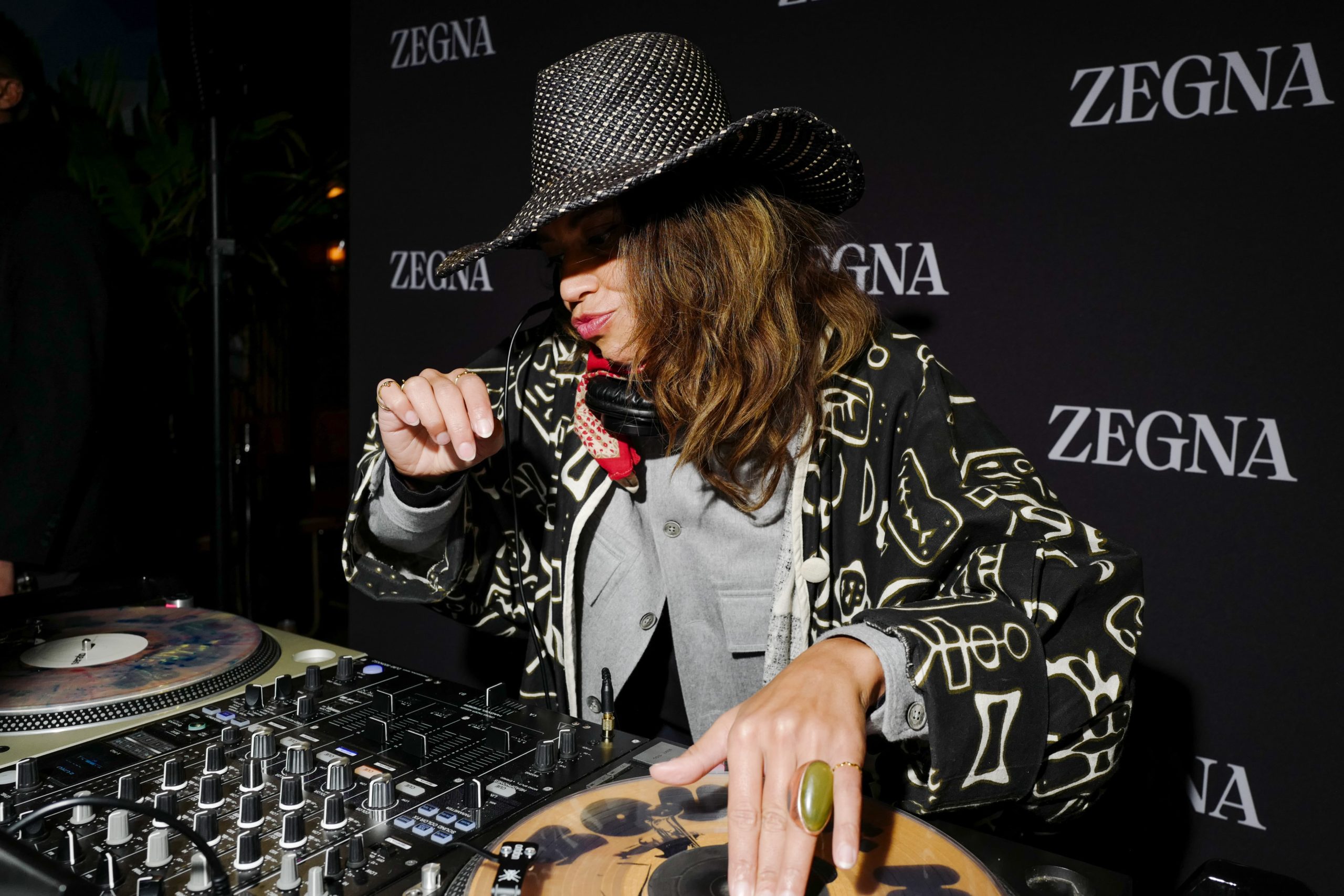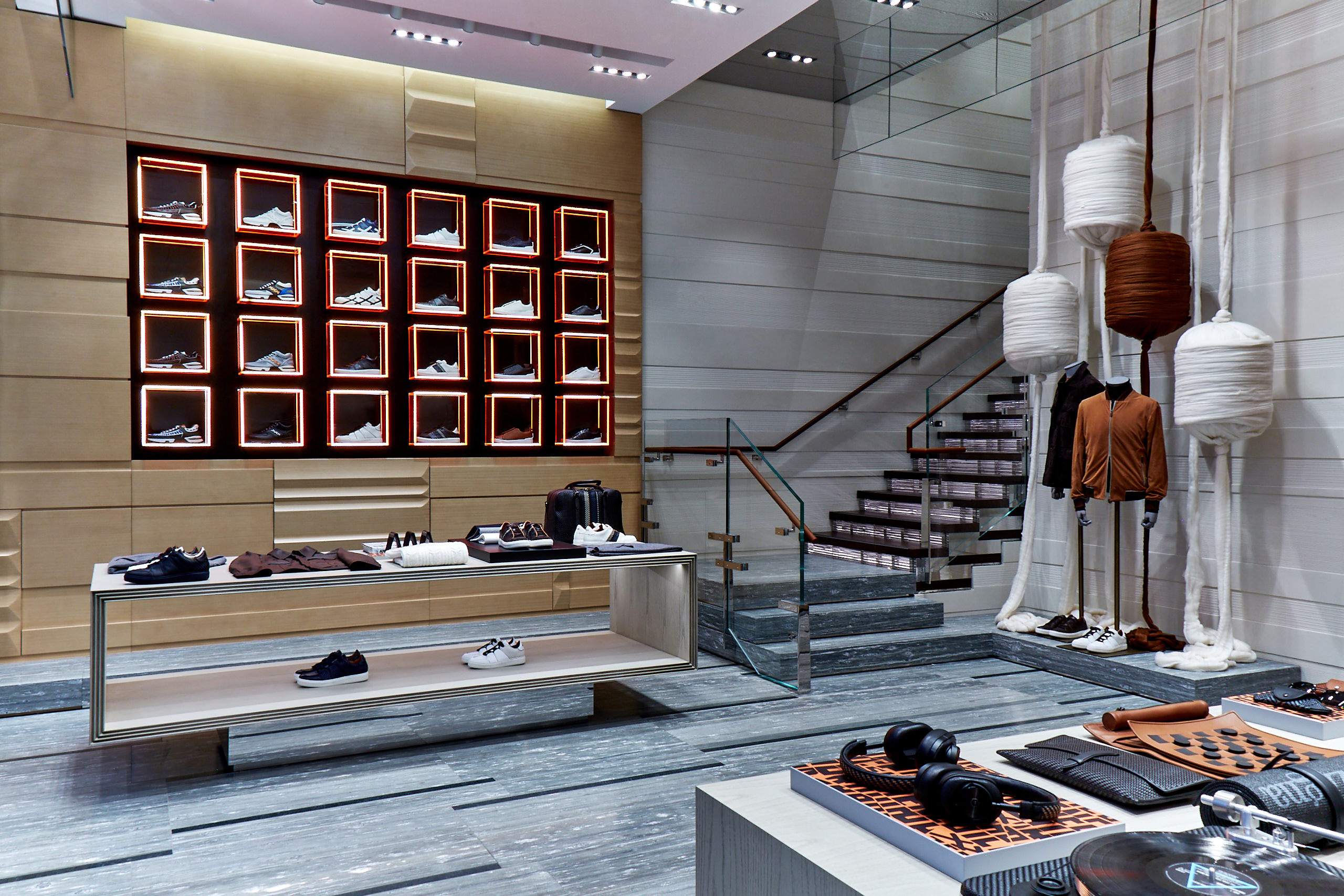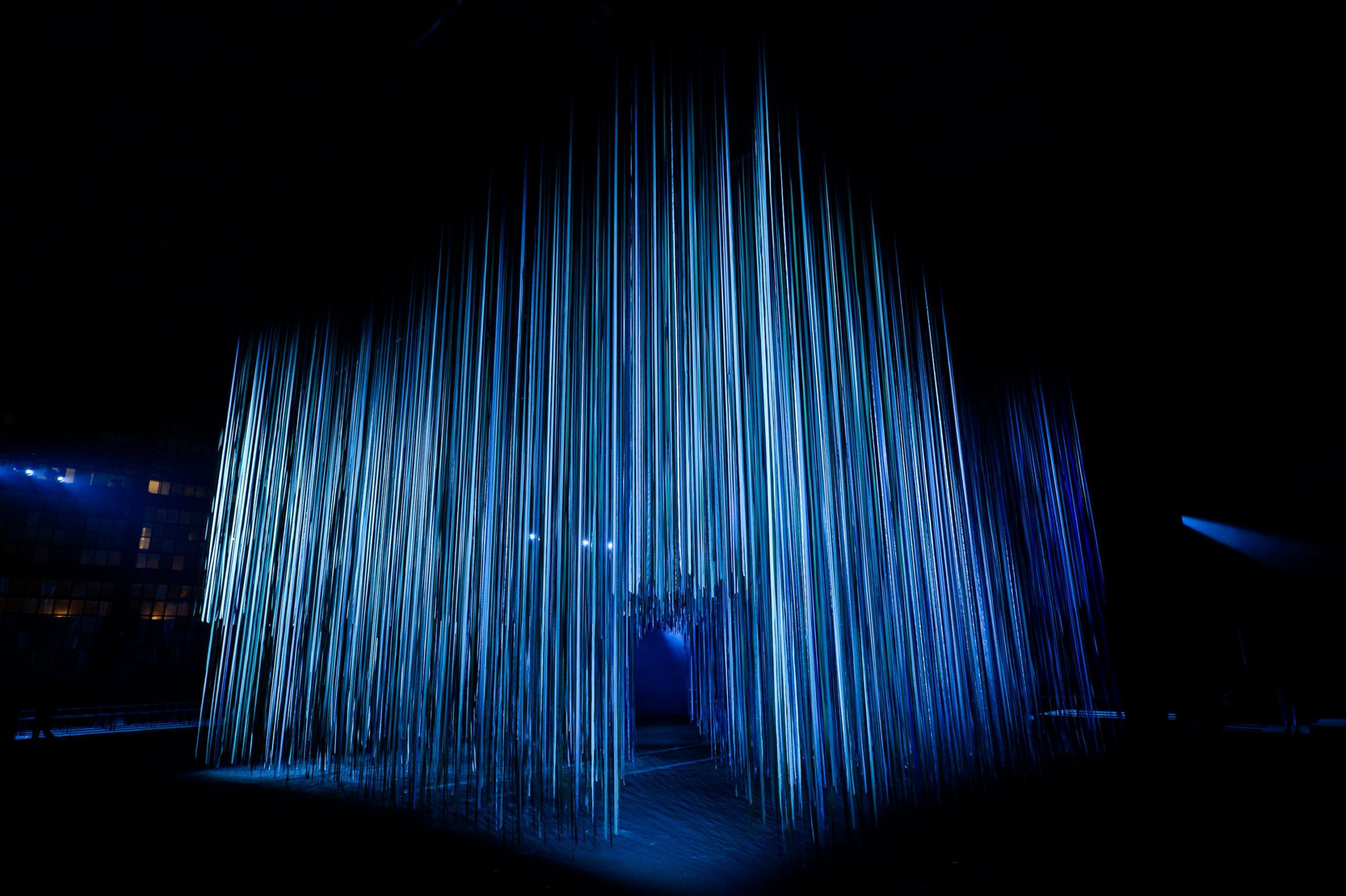It was 1929 when Ettore Pistoletto Olivero was called upon by Ermenegildo Zegna to depict all the stages of the arte della lana, the art of wool, in a cycle of paintings. This first encounter would spark a lifelong relationship between two families and generations, continuing until today.
“Padre e Figlio|Ettore Pistoletto Olivero|Michelangelo Pistoletto” is the third in a trilogy of projects that began in Turin in 1973 with a show of the same title. Placing the work of Michelangelo Pistoletto and his father, Ettore Pistoletto Olivero, in dialogue, it unfolds across three venues: Palazzo Gromo Losa and Cittadellarte – Fondazione Pistoletto in Biella and Casa Zegna in Trivero.
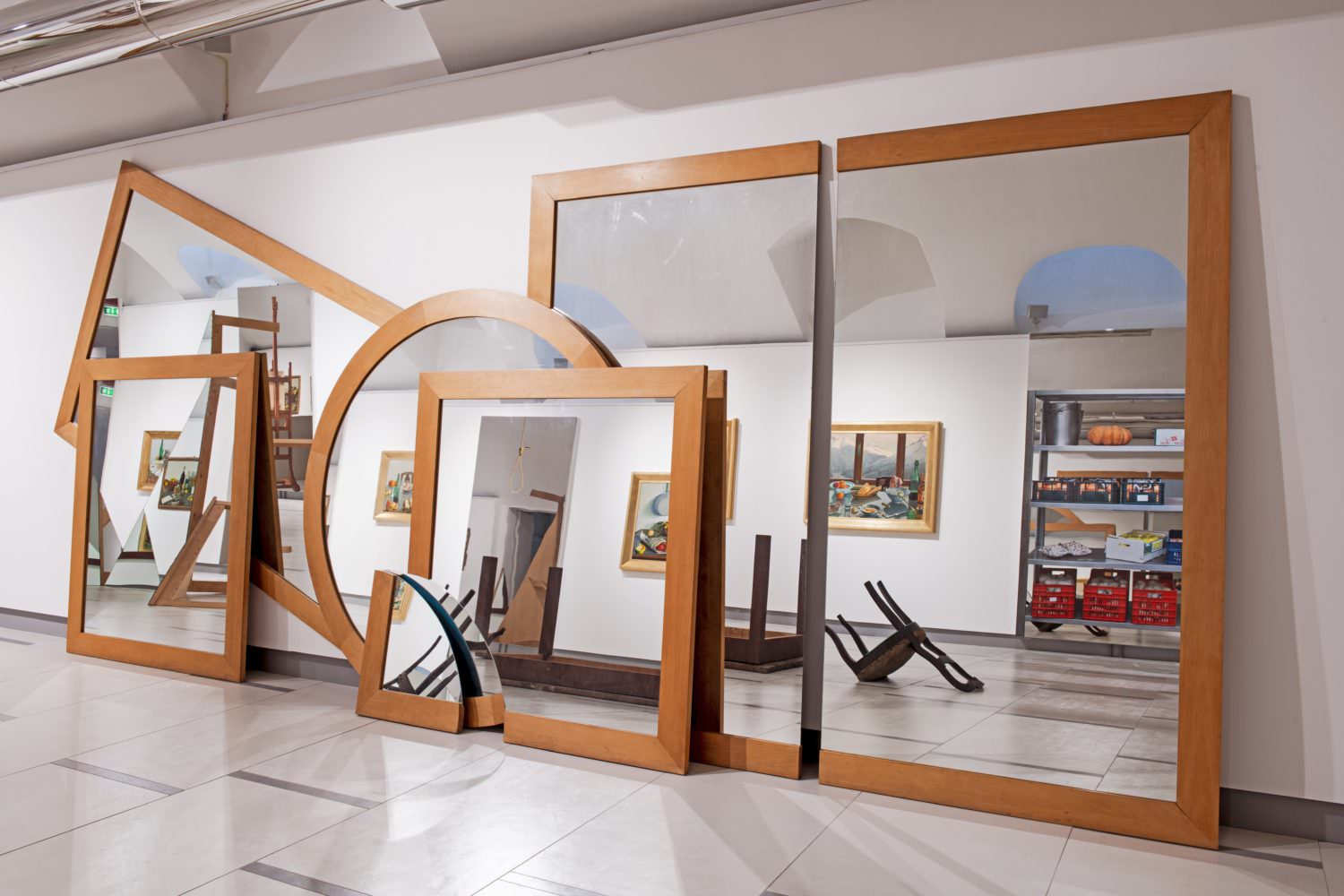
Installation view at Palazzo Gromo Losa, photo by Damiano Andreotti.
The exhibition, which runs through October 13, presents more than one hundred pieces: paintings, mirror paintings, installations, and even a site-specific work created by Michelangelo for the show, Abbraccio all’Infinito. It showcases the close relationship between Ettore and Michelangelo, as well as between the city and the Zegna family.
Whitewall had the chance to speak to Anna Zegna, president of the Fondazione Zegna, about art, family, the exhibition, and what’s next.
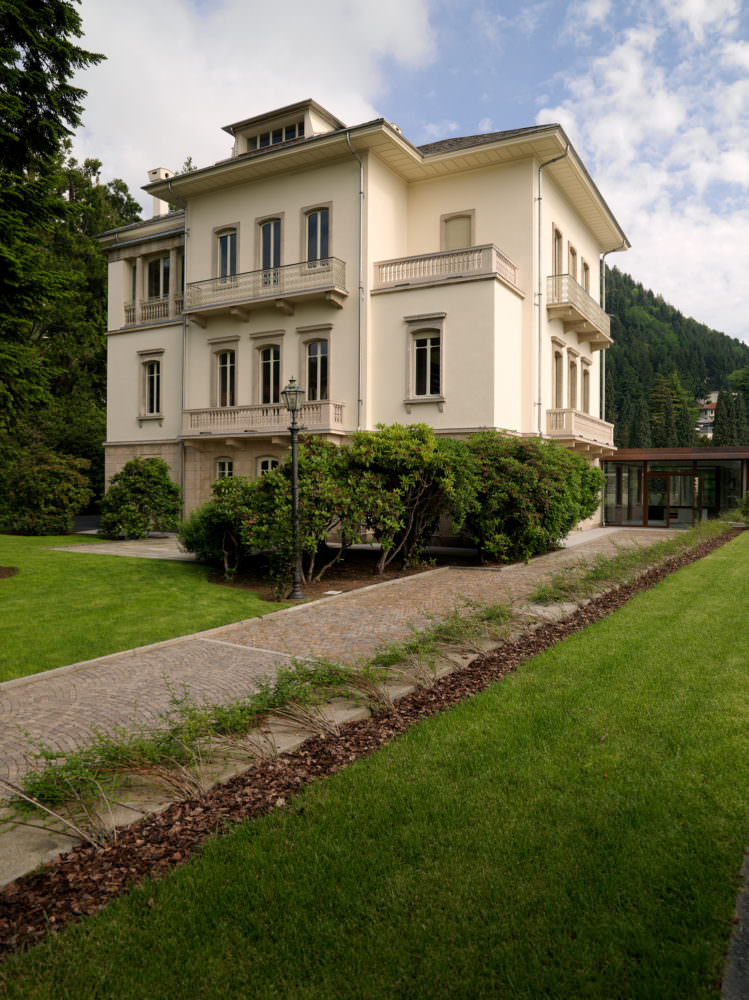
Casa Zegna, Trivero.
WHITEWALL: How would you describe the importance of art for your family?
ANNA ZEGNA: The passion for art and architecture inherited by my grandfather Ermenegildo has deeply inspired our family, and it goes back to the keen interest Ermenegildo started to have in the late twenties when he commissioned the first works from Ettore Pistoletto Olivero.
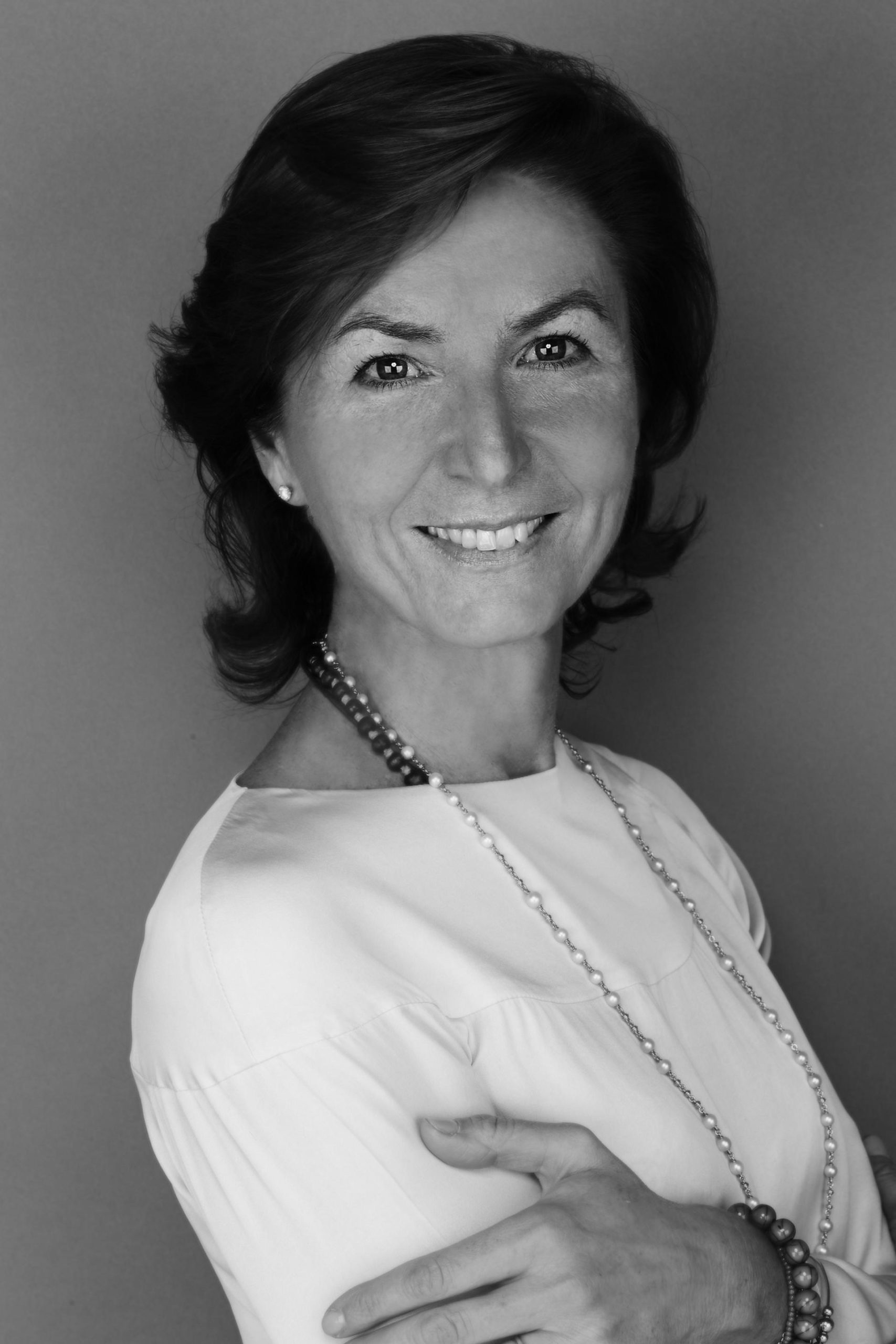
Anna Zegna, portrait by Gastel, courtesy of Ermenegildo Zegna.
Over the years, this passion drove us to launch two important projects. The first project is “All’Aperto,” with which Fondazione Zegna has enriched the territory of Trivero (Biella) with a series of site-specific artworks commissioned to important Italian and international contemporary artists. The second one is ZegnArt—thanks to this, some of the Ermenegildo Zegna shops became “embassies” of Italian art in the world, with artists such as Ettore Spalletti, Mimmo Jodice, and Stefano Arienti. But also our Wool Awards Trophy, which has been realized by important artists such as Graham Sutherland, Not Vital, and Kiki Smith, just to name a few.
WW: What is the meaning of “art” and “family” to you?
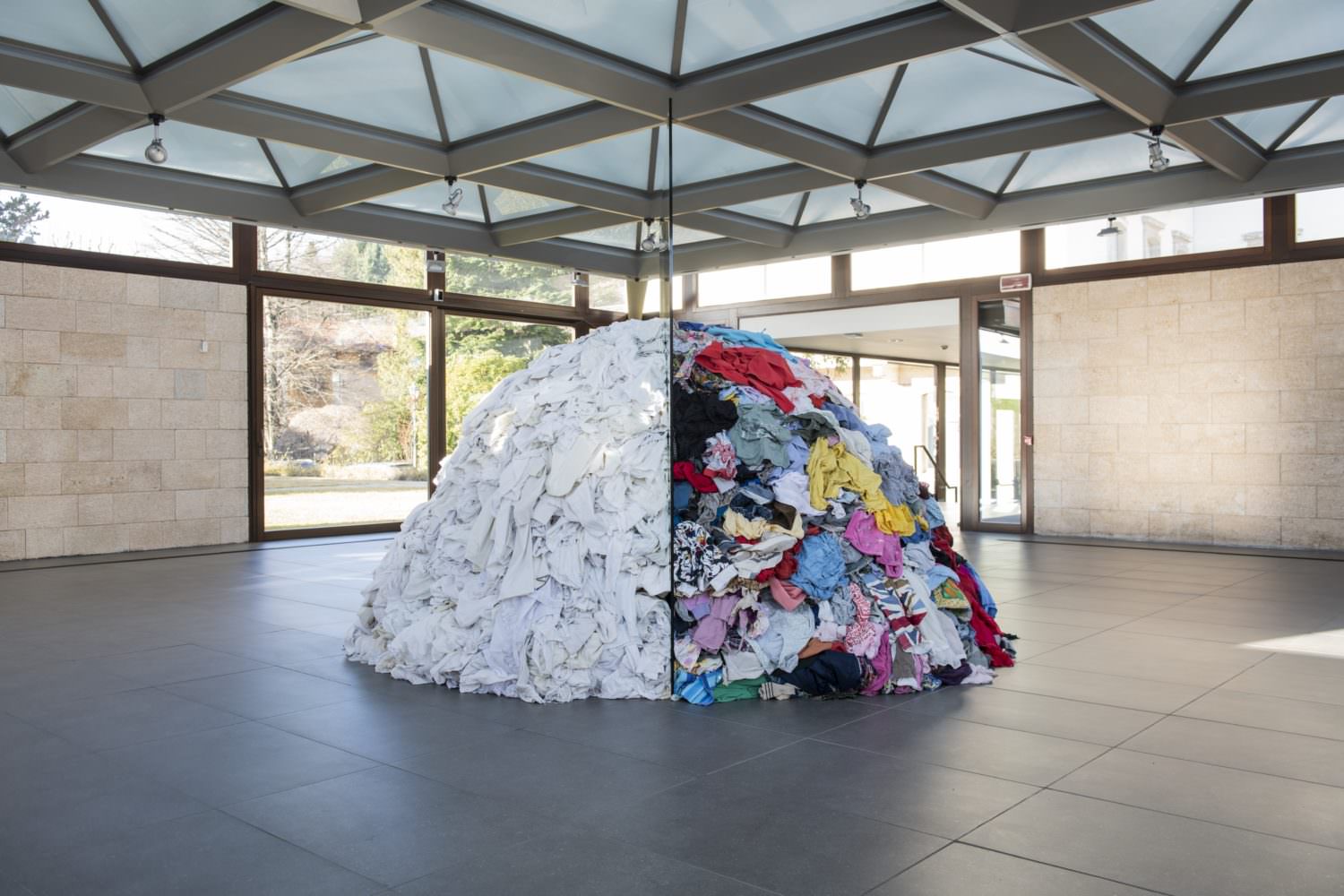
Installation view at Casa Zegna, photo by Damiano Andreotti.
AZ: To me, art means inspiration. Family means care.
WW: How did the relationship between the Zegna family and the Pistoletto family first begin?
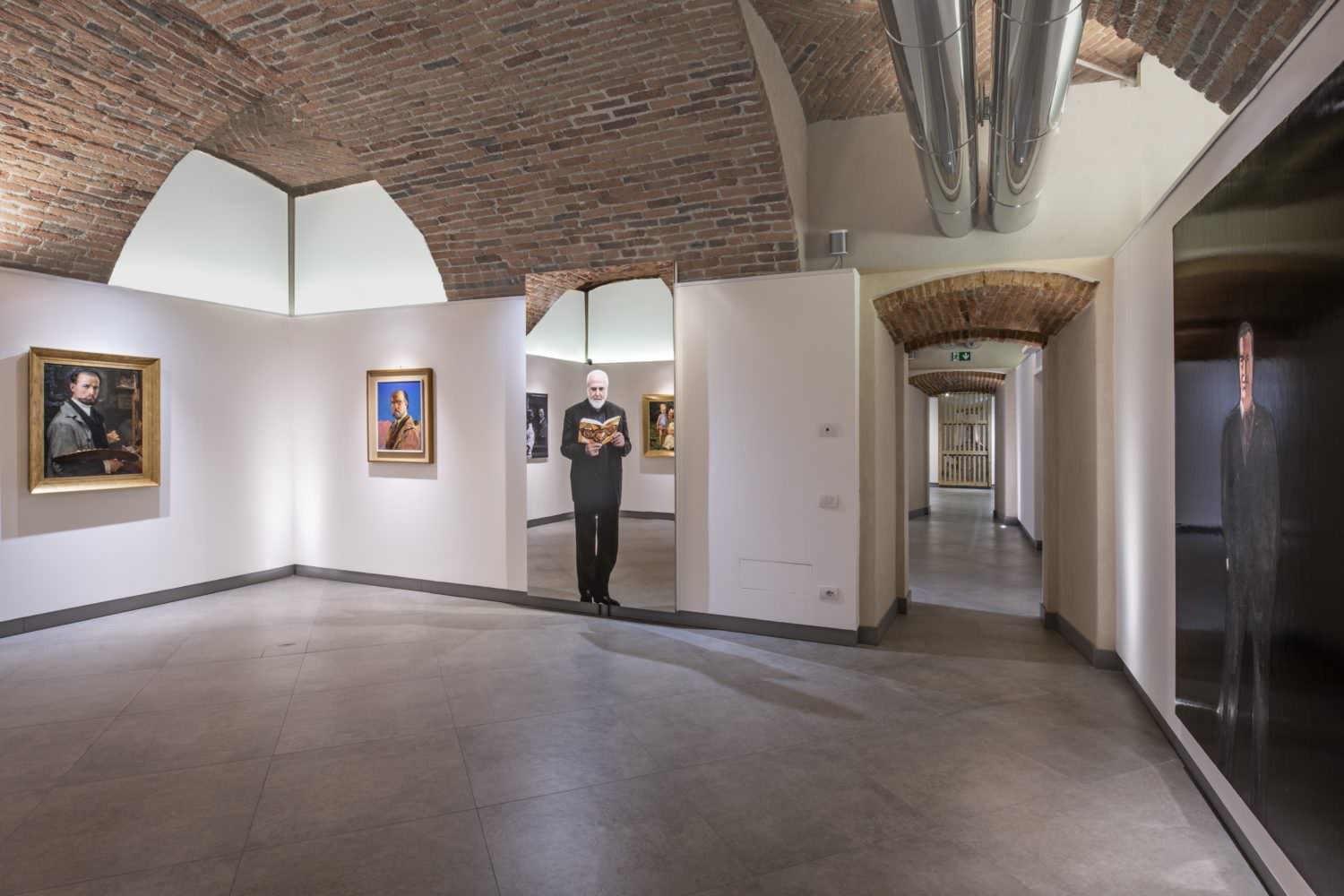
Installation view, photo by Damiano Andreotti.
AZ: When Ermenegildo started the mill he inherited from his father in 1910, the landscape was not exactly what you see today. The population was living in very poor conditions, so he wanted to change the lifestyle of the people here. He wanted to give them the same vision of quality that he was putting into creating his own fabrics.
I always try to imagine my grandfather as this gentlemen, who was like a father to the community and really took care of the community. And beyond what he was creating within the mill, he had the vision and desire to create the most beautiful and refined fabrics in the world.
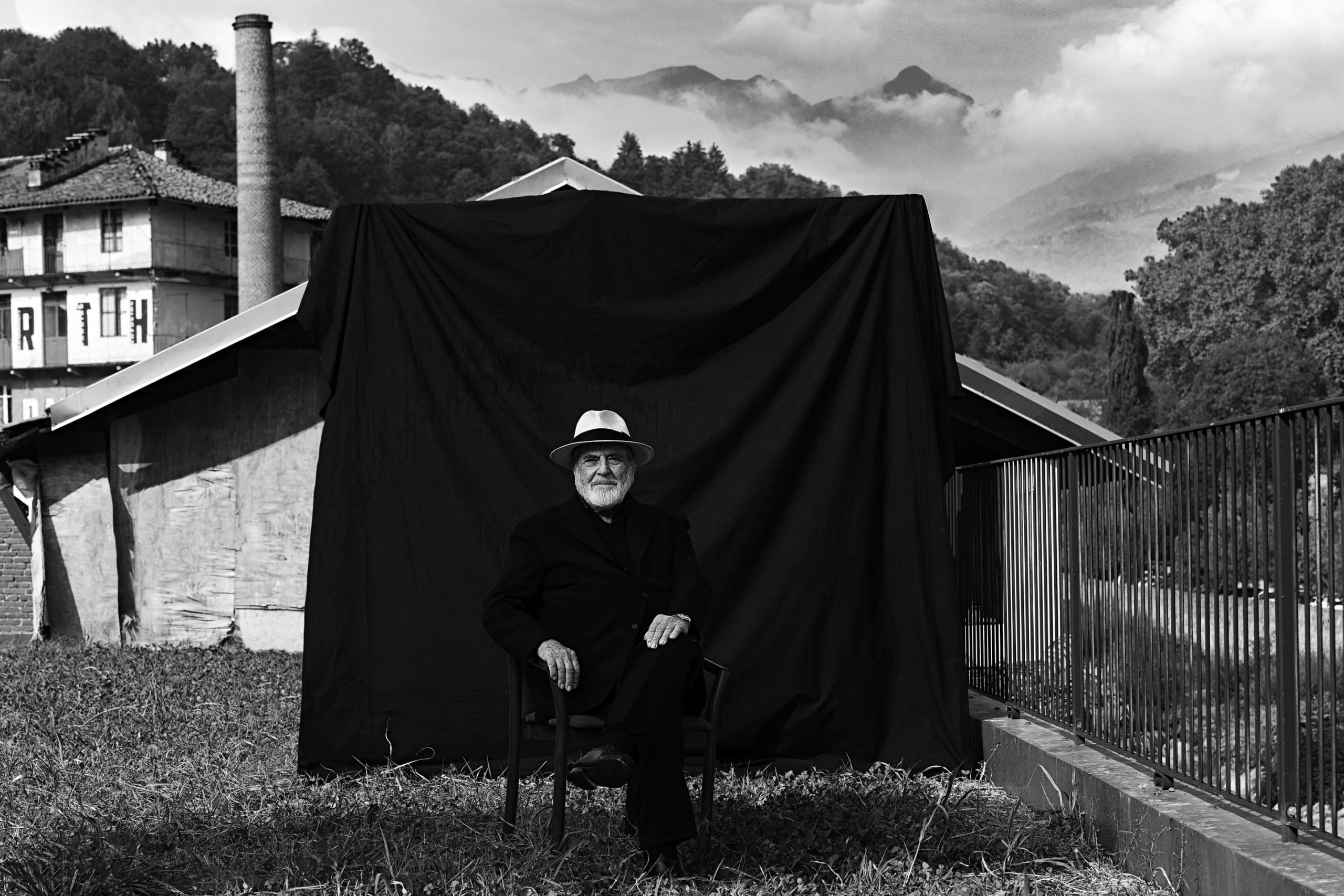
Michelangelo Pistoletto, courtesy of Ermenegildo Zegna.
He wanted to create a space where people could understand this sense of beauty by experiencing it. So he started, from one year to the next, to surround himself with artists, architects, and landscape designers that little by little made what you see today, and Ettore Pistoletto Olivero was one of them.
But how does Michelangelo come into place? When Ettore Olivero came to start the paintings, he met a woman who was in a small village next to Trivero who wanted to learn to paint. The two had a love story. They got married, and Michelangelo was their child.
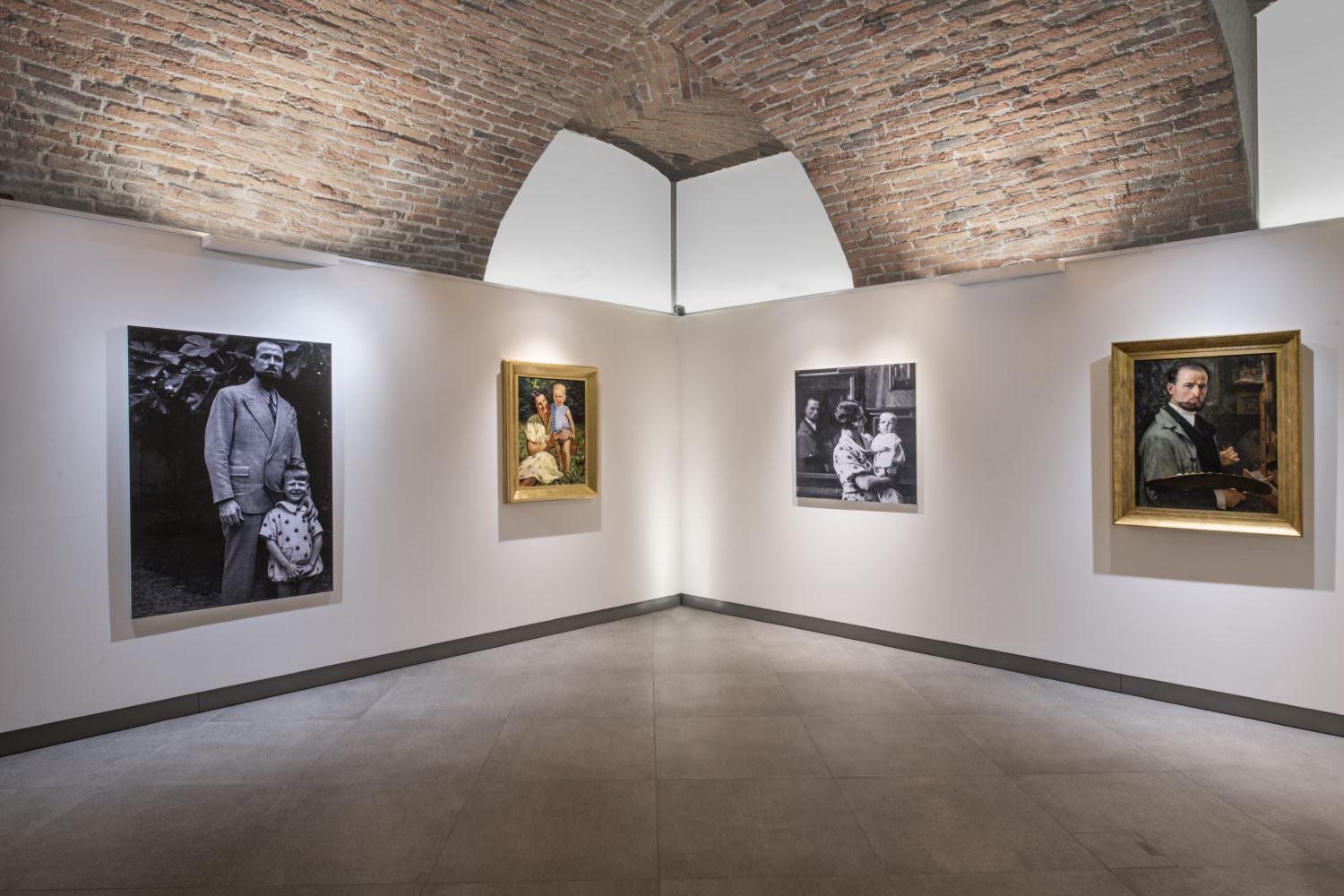
Installation view, photo by Damiano Andreotti.
Michelangelo was the driver for his father when he painted the second major saga for our father, which are the beautiful paintings of Panoramica Zegna.
WW: How and when did the idea of a Foundation come about? And how has it evolved over time?
AZ: Fondazione Zegna was set up in 2000 by the third generation of the family to improve the quality of life of individuals and local communities in Italy and abroad by funding sustainable projects in cooperation with nonprofit organizations operating in various contexts.
Its mission stems from the spirit of the Group’s founder, Ermenegildo Zegna, for whom ethics, business, and aesthetics work together. And still today, with Fondazione Zegna, we aim to carry forward these values and ideals of my grandfather as a testimony of a vision that has a memory and at the same time is part of everyday life; a path that helps continue the work done by human hands and concurrently restore meaning and value to mankind.
My grandfather Ermenegildo was in favor of inclusive art, wide-ranging artistic projects that could enhance man and nature, and projects to be shared with the community and the territory in favor of its people, and so we do.
In the course of nearly two decades, and still today, the Foundation’s commitment to conservation and upgrading of environmental resources has entailed the supporting of a series of long-term projects and has seen the promotion of sustainability development in local communities.
I think it’s important to point out that Fondazione Zegna has evolved over the years in line with the needs of the moment. Although we work within multiple sectors, and are involved in both last-minute emergencies as well as longer-term projects, we rigorously follow the values that are part of the Zegna DNA and have been passed down from our grandfather.
WW: Can you tell us anything about future projects of the Fondazione?
AZ: Since the very beginning, we have always channeled the efforts of Fondazione Zegna into projects we strongly believe in and those that can have a positive and enduring impact.
One of the future projects we are working on in collaboration with Cittadellarte – Fondazione Pistoletto is “Visible,” where art leaves its own field and becomes visible as part of something else. The goal of this project is to bring to light and enhance artistic practices that have the real ability to experiment and produce visions that affect the social and cultural imagery of our contemporary world. This year “Visible” celebrates its own tenth anniversary.
“Padre e Figlio/Ettore Pistoletto Olivero/Michelangelo Pistoletto,” curated by Alberto Fiz and supported by Fondazione Zegna, Cittadellarte – Fondazione Pistoletto, and Fondazione Cassa di Risparmio di Biella with the patronage of FAI, Fondo Ambiente Italiano, is currently on view through October 13.





